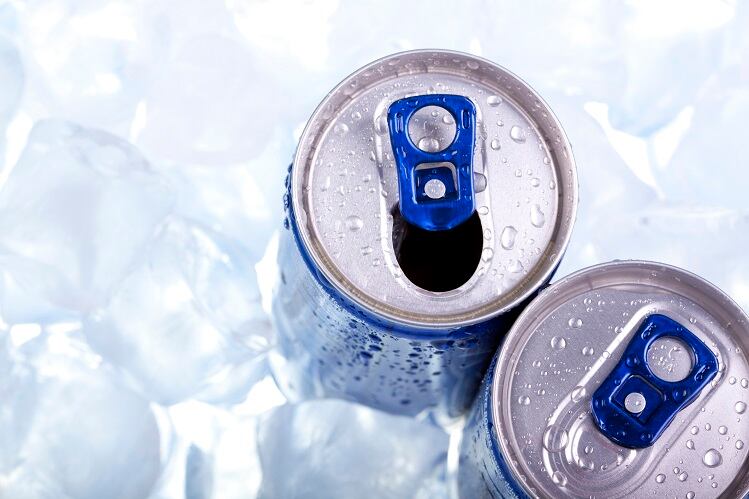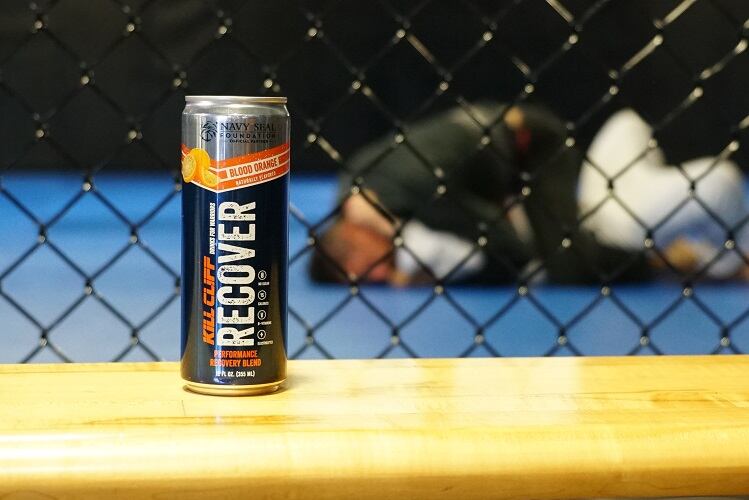There has been a substantial increase in energy drink consumption in the past decade, the researchers reported in a paper published recently in the American Journal of Preventive Medicine.
They analyzed data from the National Health and Nutrition Examination Surveys (NHANES) taken from 2003 to 2016 and found that adolescents, young adults, and middle-aged adults were the main age groups where consumption has increased the most.
Middle-aged Mexican Americans and young adults of all race or ethnicities with low educational attainment were found to have the highest prevalence of energy drink consumption. They also found that energy drink consumers had significantly higher total caffeine intake compared to those who don’t consume energy drinks.
The main tone of the paper was cautionary—the researchers concluded in the end that “continued surveillance of energy drink consumption is important because of the potential negative impact of these drinks on health.”
Dr Sara N. Bleich, a professor of public health policy at Harvard T.H. Chan and senior author of the study, characterized the increase as a cause of concern.
"Although the beverages are marketed to reduce fatigue and improve physical and mental performance, frequent consumption of these highly caffeinated and sugary beverages has been linked to negative health consequences,” she said in a press release.
In the paper, Dr Bleich and team highlighted links found in previous studies between excessive caffeine intake and “risk-seeking behaviors, poor mental health, caffeine toxicity, and adverse cardiovascular effects,” and noted that energy drink consumers tend to have a significantly higher total caffeine intake compared to non-consumers.
The study sample included data for 2003-2016 from 9,911 adolescents, 12,103 young adults, and 11,245 middle-aged adults. Because it was necessary to pool data across the seven survey cycles to ensure a sufficient analytic sample, it was only possible to examine differences in the prevalence of energy drink consumption by sex, race/ethnicity, and educational attainment category for all years combined.
Energy drink consumption among youth around the world
The consumption of energy drinks among youth consistently makes it under the radar of regulators around the world, and not for favorable reasons.
Norway’s health authority has warned its public about the effects of energy drink consumption among kids, arguing that caffeine consumption above 1.4 mg per kilogram of body weight may pose a risk of sleep disturbance, and an even higher intake (3 mg per kg of body weight per day) has negative risk of effects on the cardiovascular and central nervous system. In the UK, some regulators have proposed a ban on the sale of energy drinks to children.
In the US, energy drink marketing to minors became a hot button issue in 2013, after the big brands Monster, Red Bull, and Rockstar Energy were hauled before Congress following a highly publicized case in which a teenage girl in Maryland died after consuming two 32 oz Monster beverages in a 24-hour period.
Despite the efforts of policymakers and consumer health groups who share their concerns of caffeine over-consumption, sales for caffeinated energy drinks continue to rise. Some market data link the rise of energy drink sales to the fall of carbonated and sugar-sweetened beverage sales.
In the AJPM paper, by Dr Bleich and team, they argued that the increase in energy drink consumption highlighted in the study is consistent with growth in the energy drink market documented by reports from the beverage industry.
“For example, one report cited that the number of energy drink products launched globally grew by nearly 30% between 2010 and 2015, with the U.S. recognized as the top energy drink market in terms of volume sales (3.3 billion liters in 2015),” they wrote.
“Moreover, the global energy drink market is forecasted to increase by 7% by 2025, reaching a net worth of more than $84 billion.”
In light of this expected growth, close surveillance of energy drink consumption by researchers and public health professionals in the coming years is warranted, they added.
Caffeine in dietary guidelines?
The American Beverage Association, a trade group representing the interests of beverage manufacturers and marketers, takes issue with regulatory scrutiny over energy drinks and caffeinated products, particularly when it comes to including caffeine assessments in dietary guidelines.
“USDA and HHS should not include an assessment of caffeine in the next iteration of the Dietary Guidelines, and the Agencies should acknowledge that the inclusion of caffeine in prior versions was inappropriate,” the group wrote in a letter to the federal agencies during a comment period to get public input for the 2020 Dietary Guidelines for Americans.
“Caffeine is an ingredient in numerous beverages and other foods that has been subject to active regulation by FDA over the last several years. Every global body that has examined the safety of caffeine (including FDA, the 2015 Dietary Guidelines Advisory Committee, the European Food Safety Authority (EFSA),and the World Health Organization (WHO)) has concluded that the inclusion of caffeine in the diet is consistent with safety, and that adults can incorporate caffeine as part of a healthy eating pattern at a moderate level of 400 mg/day.”
“Even in the context of energy drinks, consumption of caffeine is not an issue, as the prevalence of energy drink consumers remains low and overall caffeine intake among energy drink consumers falls below the 400mg/day moderate amount.”
Source: American Journal of Preventive Medicine
Published online ahead of print, DOI: https://doi.org/10.1016/j.amepre.2018.12.007
“Trends in Energy Drink Consumption Among U.S. Adolescents and Adults, 2003–2016”
Authors: Kelsey A. Vercammen, et al.




